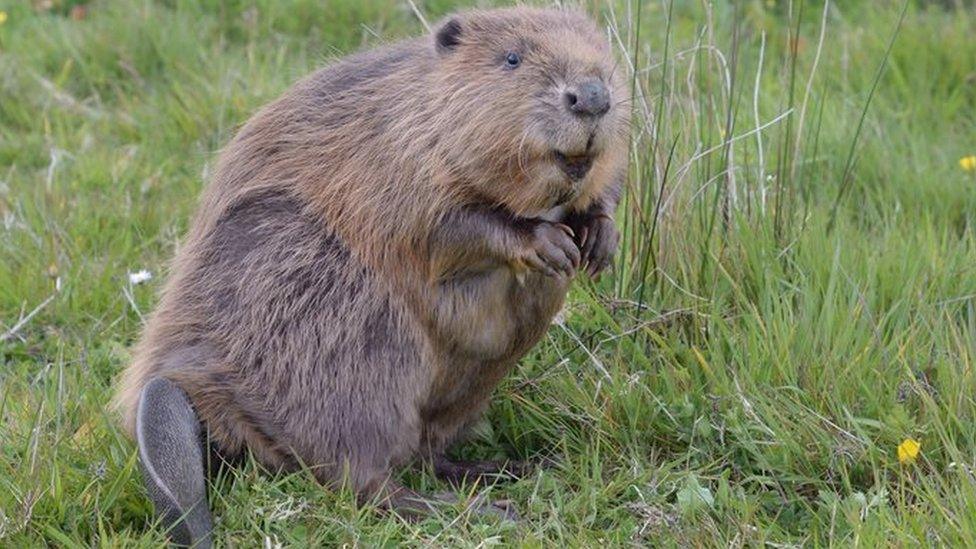How AI technology is revealing the hidden world of bats
- Published
- comments
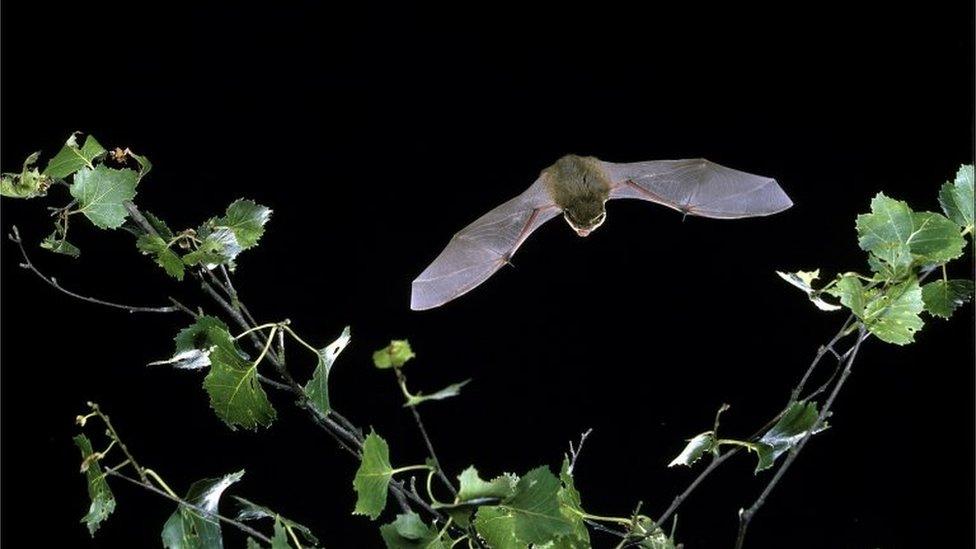
How do you monitor more than a million bats in England? - these conservationists have found the answer!
Forestry England and the Bat Conservation Trust have been using artificial intelligence (AI) to help them identify more than 1.7 million bat calls last summer.
They used something called an "Audiomoth" sensor, which they say has been a game changer for their research, as its high-tech skills and low cost meant that large numbers of them could be left in the woods to record bat calls all night.
The conservationists say the technology has helped them to monitor rare woodland bat numbers in England, and now they can protect them in the future.
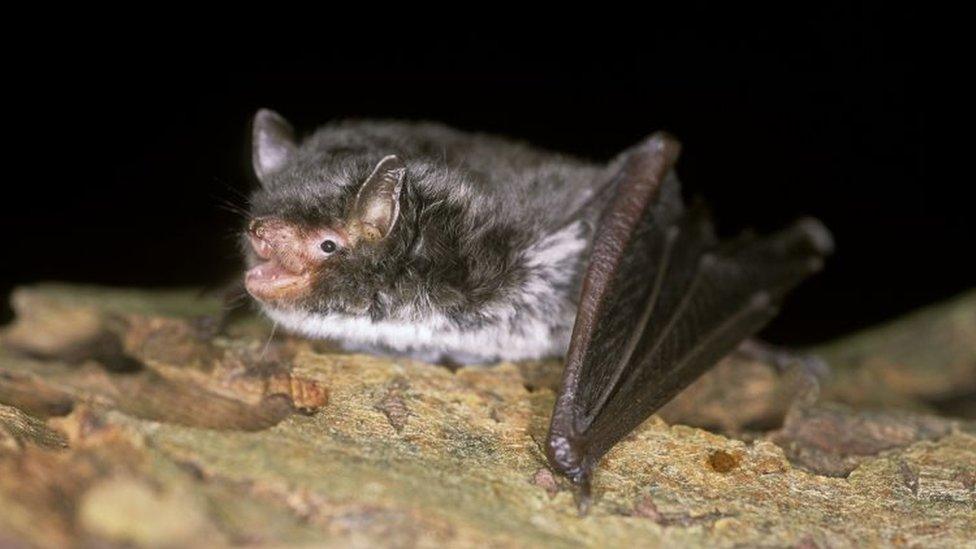
The AI technology was developed by researchers at University College London, who analysed data from the sensors to help them identify 1.7 million bat calls, belonging to eight different species: the common pipistrelle, soprano pipistrelle, noctule, barbastelle, greater horseshoe, serotine, lesser horseshoe, and Leisler's bats.
"For some of our rarest bats, gaining this information will be a vital step in understanding their status and securing their future." said Dr Carol Williams, who is the director of conservation of Bat Conservation Trust.
Big surveys like this one would have been very difficult to do without the new technology, as the old equipment is expensive and recording the information took a long time to do, according to the organisations.
Andrew Stringer, who is the head of environment at Forestry England, said: "This pilot has been extraordinary. It gave us more data than we've ever had to work with before and it is fantastic to see new technology being used for robust conservation science.
"Monitoring and evidence are the bedrock of conservation efforts, and it is tremendously exciting to look to the future and how these methods might give us crucial insight into how bat populations are performing in the long-term."
- Published29 October 2020
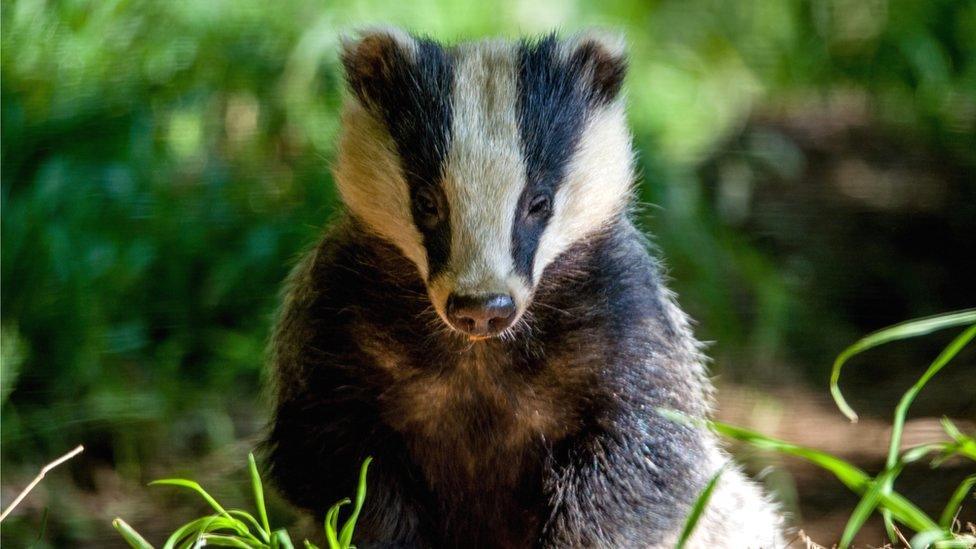
- Published30 August 2019
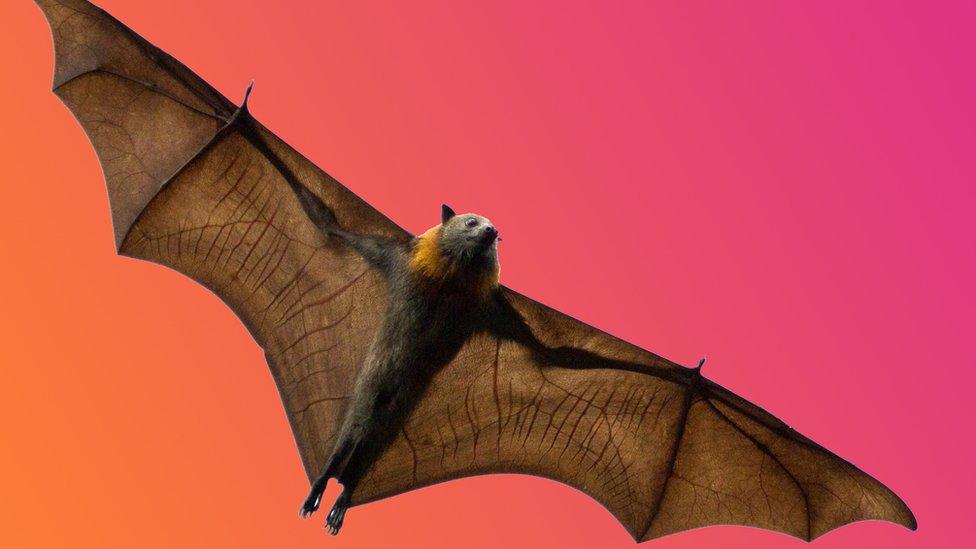
- Published28 October 2020
